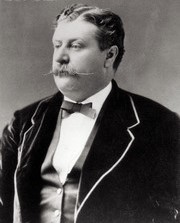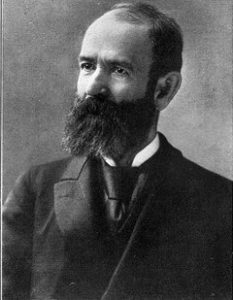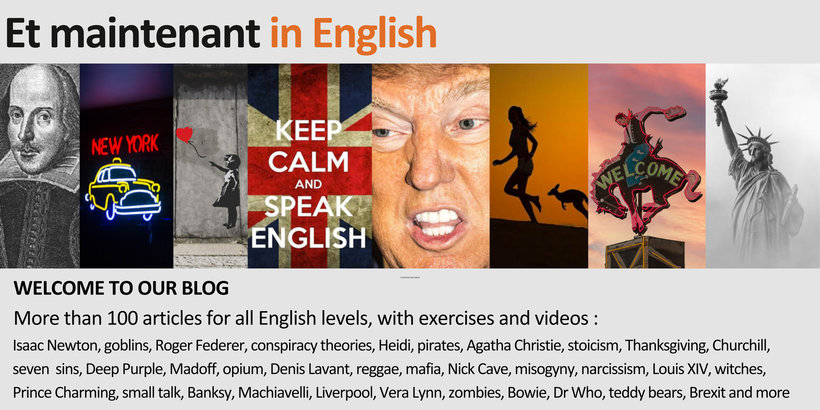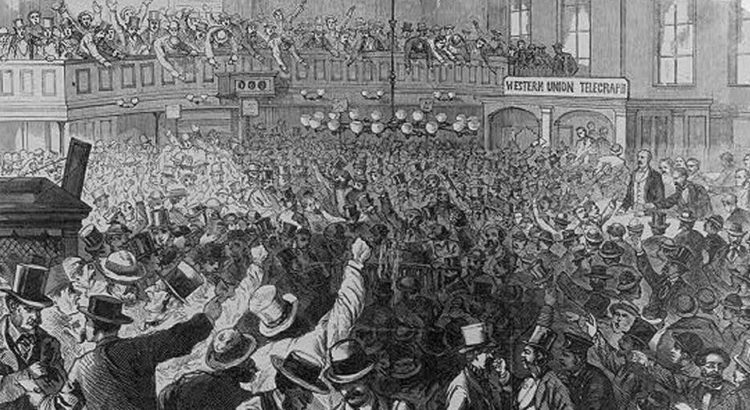(Level B2 and above: the origin of Black Friday)
Black Friday has now become a global phenomenon. The Day of Deals. Bargains galore (à gogo) for the brave. But, why black? There are a few historical references. The most recent can be traced back to Philadelphia police in 1960s who called it a black day, feared and dreaded by law enforcement, public transport employees and taxi drivers....
Black Friday, the ominous name for one of the biggest shopping days on planet Earth, is fast approaching.
You may choose to run or boycott. If you do go, in person, to a Black Friday sale, wear a suit of armour, and carry a shield and truncheon. If you’re a rugby player, you should be okay.
Black Friday has now become a global phenomenon. The Day of Deals. Bargains galore (à gogo) for the brave.
But, why black?
There are a few historical references. The most recent can be traced back to Philadelphia police in 1960s who called it a black day, feared and dreaded by law enforcement, public transport employees and taxi drivers; a day the streets and department stores were noir de monde, swarming with people aggressively hunting for their deals.
“… the streets and department stores were noir de monde”
Another popular, but unproven theory about the origin of the name is that manufacturers and stores operate in the red (debt) all the financial year up until Black Friday when they finally go in the black (profit).
The original Black Friday dates to September 24, 1869. It refers to an elaborate gold scam (escroquerie) that implicated the family of US President Ulysses S. Grant and senior government officials. It led to a collapse of the US gold market and an economic crash.


Scoundrels: Jim Fisk (left) and Jay Gould.
Two get-rich-quick scoundrels (scélérats) , Jay Gould, the Gordon Gecko of his day, and Jim Fisk, together set up an elaborate plan to control the US gold market. They recruited a high-profile financier named Abel Rathbone Corbin who was married to the President’s sister. His job was to get the ear of the President and Treasury and collect secret inside information about government gold trading (today we might call it “insider trading”). The plan was to gradually control the gold market until the price was high enough and then sell-off at enormous profit.
“… he realised he was surrounded by traitors”
Gould also bribed (a soudoyé) the Government’s assistant Treasurer in New York, Daniel Butterfield, who was in charge of gold sales. Gould paid Butterfield $10,000 (his annual salary was $8,000), which Butterfield later claimed in court was an interest-free loan.
Over time, the President became suspicious of Corbin’s sudden interest in the gold market. When he discovered a letter from his sister to his wife discussing the matter, he realised he was surrounded by traitors (traîtres). The furious President swiftly reacted and ordered the sale of $4 million in government gold. The price of gold and then Wall Street plummeted on Black Friday. Tens of thousands lost their investments and livelihoods.
This was the scene (at the top of the page) at the Gold Reserve on Black Friday.
Gould, known as the “Mephistopheles of Wall Street,” not only managed to sell his considerable gold reserves before the crash, but also evade conviction. Five years later, he controlled the Union Pacific Railroad, the Western Union Telegraph Company and the Manhattan Elevated Railroad. There is no moral lesson to this story.


